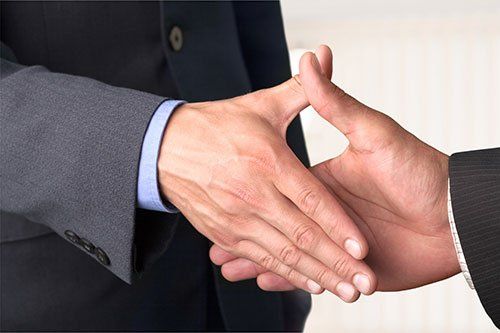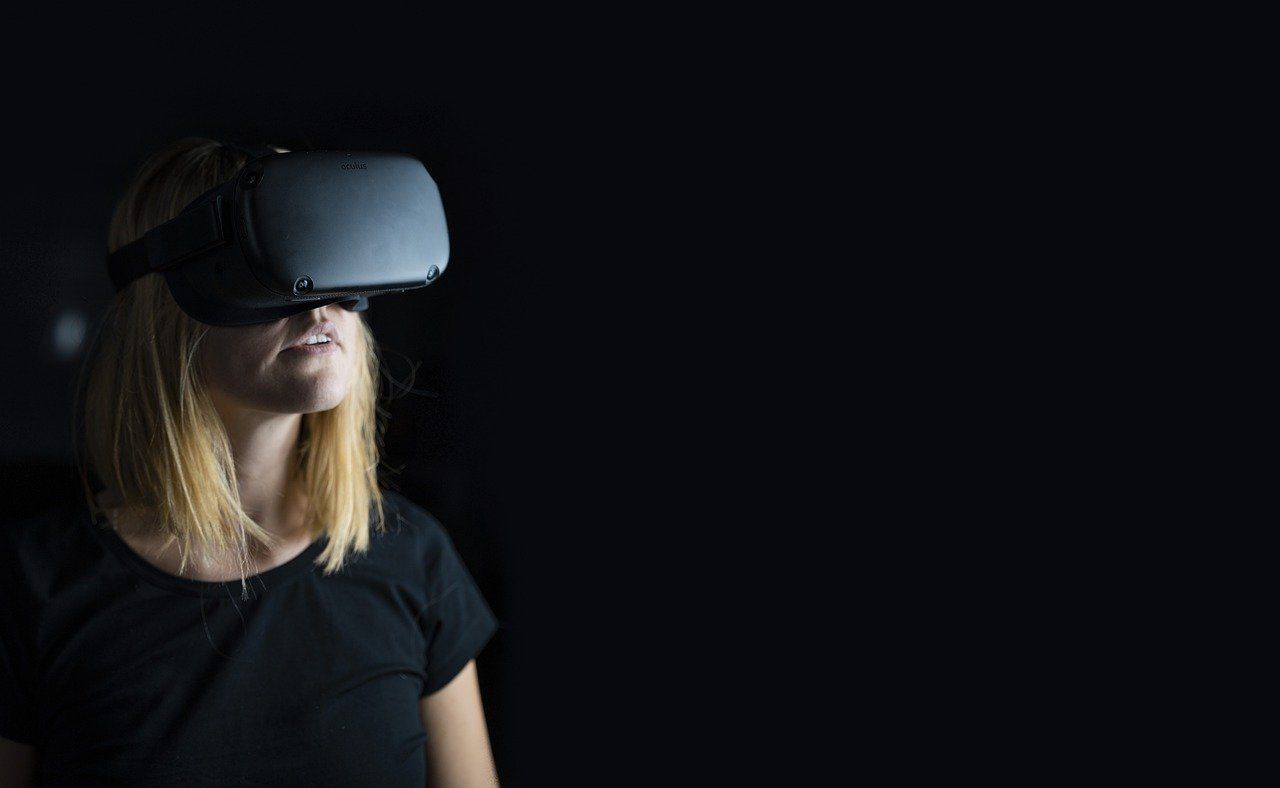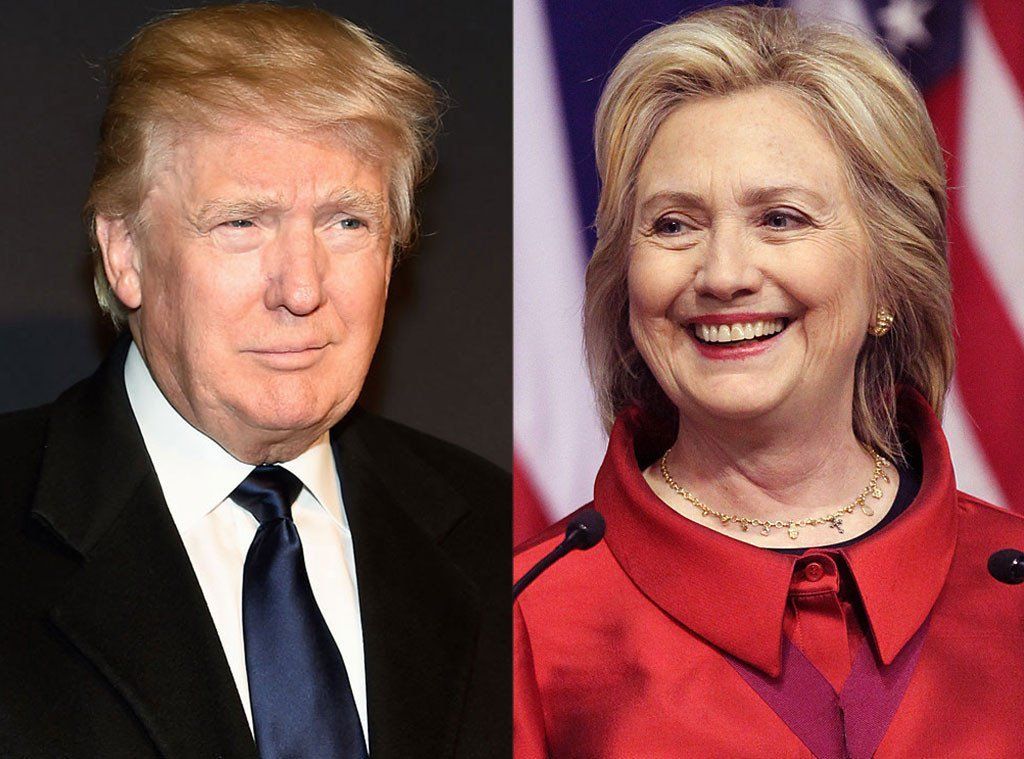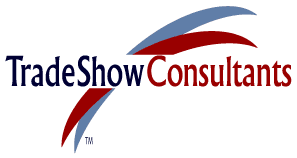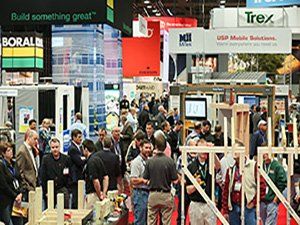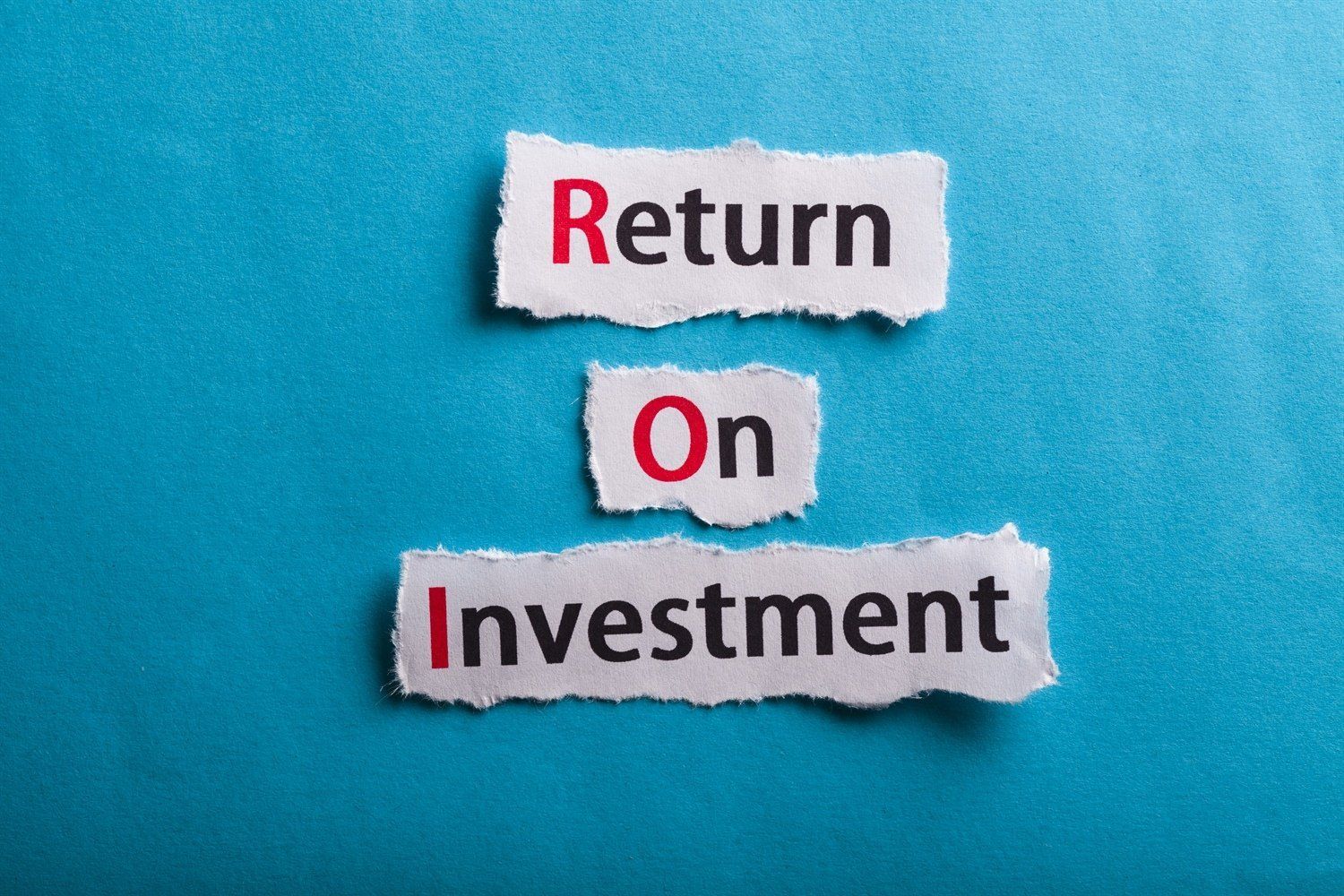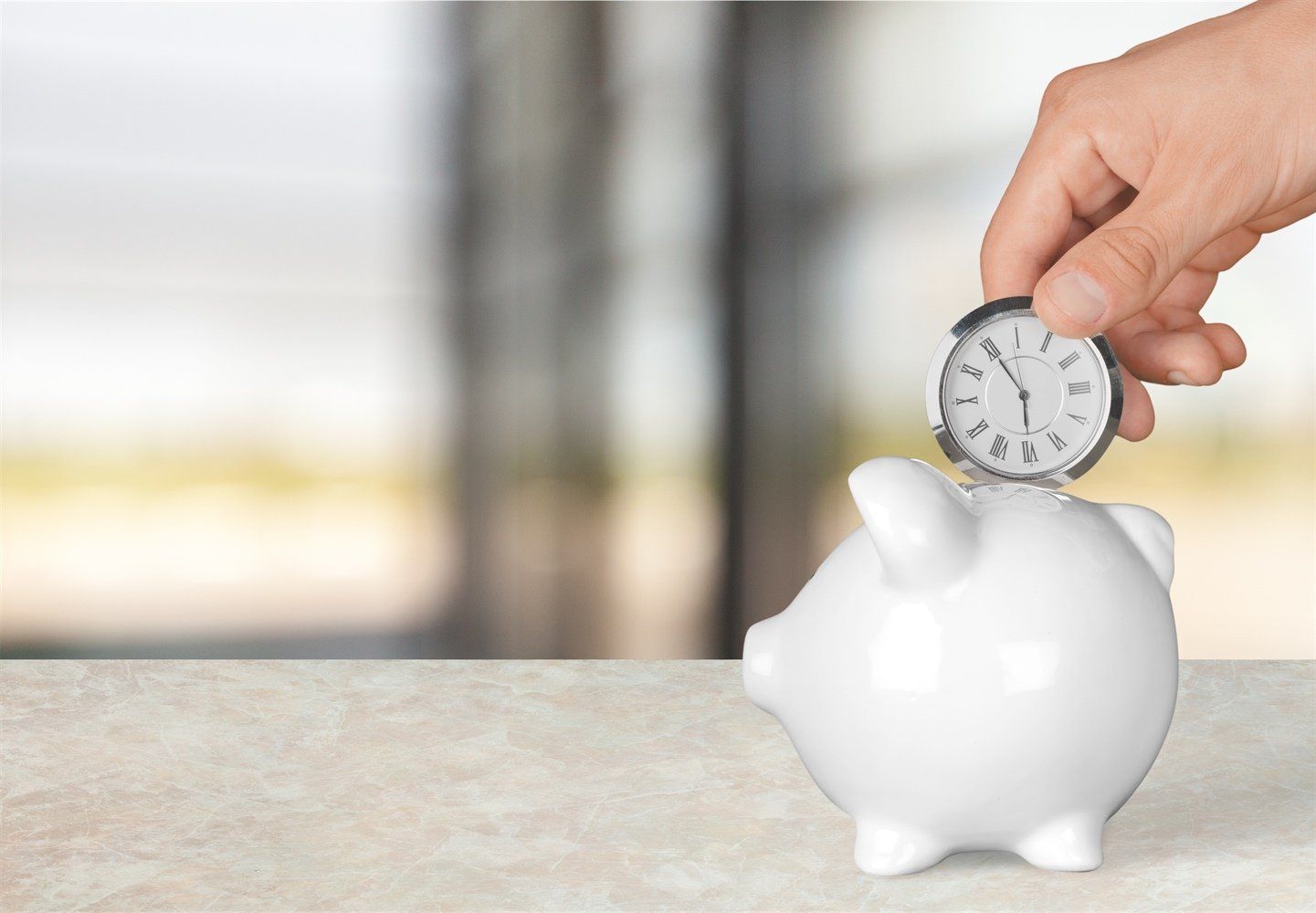Establishing a Trade Show Headquarters Command Post
One of the first and most important tasks military and civilian administrative experts need to accomplish when facing new and unusual challenges in the field, is to quickly and efficiently create a fully functional command post from which they can effectively communicate, direct and manage their resources.
Exhibiting at a major trade show and managing equally diverse company resources in a city away from the home office can be just as challenging, especially when one considers the amount of time and money trade show exhibiting consumes. One way to successfully accomplish managing important logistical and detail coordination efforts at a trade show is to create a command post in a near by hotel suite from which management can direct the action created in and around their exhibit at the convention center.
Over the years many corporations have created so called “hospitality suites” for entertaining invited prospects and customers, however, these pricy adventures in good will often became hard to manage and usually ended up creating more problems then they were worth. One major concern was in deciding who should and should not be admitted into the room especially when the news of a free hospitality suite spread like wild fire on the trade show floor.
In addition, the unmanaged and often irresponsible consumption of alcohol sometimes led employees, prospects, customers, competitors and suite crashers to act in manners directly opposed to the goals and objectives of the good natured hospitality suite idea and over the years the hospitality suite function has all but ceased to exist for many trade show exhibitors.
Corporate Headquarters Command Post
However, the unfavorable hospitality situation mentioned above can change dramatically when the suite is instead designed and managed to function solely as a private headquarters corporate command post. This modest innovation promises to deliver greater human resource utilization, expanded communications capabilities and increased overall value to the exhibitor. Here management can more effectively utilize the suite facility and various hotel provided services to direct and accomplish many more important trade show support functions such as:
- Pre-Show Briefing Meeting Room
The night before the opening of the trade show, the headquarters suite would be the site of the pre-show briefing and motivational sales meeting where the entire team meets to review activities scheduled for the show and where various assignments to the staff are assigned. In addition to top management’s presentation and goal setting statements, marketing and product support would make formal presentations outlining the products on display and key presentation points the sales team will want to focus on. The Trade Show Exhibits Manager would outline various exhibit details logistics, boothmanship strategies and generally discuss how the booth will function during the entire show. - Public Relations Center
In addition to the trade show’s own public relations center where company press kits are provided for the press, the headquarters suite can also be utilized to stage pre-scheduled, one on one business sessions with selected media editors to meet with key corporate managers to review relevant corporate business issues. Individual media technical editors can also be scheduled to meet with selected product experts for one on one product presentations in hopes of gaining favorable mentions in post trade show round up articles or discuss opportunities to contract articles in future publication issues. In many cases, the relationship formed between technical editors and product development experts often develop into one in which both can communicate to assess industry trends for upcoming articles or magazine features.
The entire PR function should be coordinated, scheduled and managed by the corporate public relations manager and in some cases transportation might need to be arranged to comfortably and efficiently transport selected editors to and from the suite and convention center. There should be a selection of non-alcoholic liquid refreshments and perhaps a spread of sandwich meats and some fruit in the suite during the press meetings for the editors to enjoy while they meet with key people. - Rest and Relaxation Suite
At the end of each booth team’s scheduled time on booth duty, the headquarters suite would also function as a corporate gathering place to rest and relax and compare notes of the day’s activities on the show floor. Competitive analysis assignments can be reviewed while individual sales and marketing managers might make suggestions to either improve or supplement the booth function for maximum results. At the end of the day, the entire booth team should retire to the headquarters suite for a complete debriefing of the day’s booth activities, review key sales leads and discuss any issues that developed during the day that might require additional attention. The booth team would then be divided up with selected managers as hosts for dinner and preparation for the next day’s opportunities on the show floor. The Trade Show Exhibits manager can report on the general operation of the booth for that day and share any additional information regarding sales leads generated and the overall performance of the exhibit. - Horsepower to Spare Station
While in the booth, sales, marketing and/or management individuals should have the option of inviting selected VIP prospects and customers to meet in the headquarter suite at designated times to further advance business. The opportunity for top management to support the active selling function by being available to meet in the headquarters suite is an important advantage that can be central to the success in exhibiting at a trade show. It is often impossible for top management to meet individual key prospects and customers in the field; however, the trade show presents many opportunities to do so and should be actively acted upon. - Getting the Business Closing Room
The headquarters suite can also be used to conduct and close business within a professional and private corporate setting along with all the resources needed to make customers feel safe, secure and confident away from the cacophony of the trade show floor. The suite should be staffed full time by someone who would function as a scheduler/receptionist and ensure that it was adequately stocked with a complete assortment of contracts, pre-printed quote forms, legal support documents and whatever materials that might be deemed needed to close a deal and send the customer happily on his/her way. The headquarters suite could also be available to VIPs such as out of town dealers, international distributors and representatives needing a place to quietly conduct business, impress their prospects and customers, and enjoy a positive environment conducive to where they can rest and perhaps catch up on their jet lag or home office communication - Quality Customer Care Center
When a somewhat agitated customer shows up at your booth with a legitimate complaint and there is no way his/her issue can be successfully dealt with on the show floor without causing a negative situation, the headquarters command suite should be called into action. Transportation might need to be made available and the customer should be able to meet management in the suite who can solve his/her problem. Trying to deal with a negative situation like this in any other environment other than the headquarters command suite will only lead to additional problems especially in the exhibit and on the positively charged trade show floor. - Connecting the Dots Forum
With sales and product marketing people in physical and mental concert because of the focus a trade show demands, it would be difficult to find a better place then the headquarters suite for product marketing managers to conduct new and old product training reviews before everyone hits the exhibit floor. Within hours of the training sessions, the sales and product marketing concepts, ideas, strategies and tactics can be tested and evaluated in real time on the exhibit floor by simply sharing the information with prospects and customers. Each evening in the suite, findings can be presented, discussed, evaluated and modified and fine tuned until the information makes better sense and delivers the desired results. - Conclusion
The idea of creating a corporate headquarters command suite along with its many business functions as outlined above is yet another valuable creative tool to consider when taking the initiative to maximize your trade show exhibit effectiveness. There are 24 hours in each day to consider productive during a trade show and establishing a corporate headquarters command post is yet another way to maximize the time, money and personnel capital invested to make every hour count towards a successful trade show business venture.
Domestic multi-city press tour schedules often can be grueling, time consuming and expensive. Plus, it only takes one editor to cancel a meeting at the last moment to throw the entire effort into turmoil and possibly affect the entire effort. This is especially true in those cases where products are large, difficult to handle, especially when transportation and set-up is a major undertaking.
There is little doubt that obtaining favorable press coverage when introducing a new product can be extremely beneficial to the overall success of a new product launch in the market place. However, there might be a better way to meet the press than hitting the road putting on dog and pony shows all over the country with participants feeling like members of a wandering minstrel show.
A Trade Show Press Suite Might Solve the Problem
According to Robert Galvin, President, Galvin & Associates, Public Relations, Portland, Oregon, “We have utilized the trade show press suite for many clients over the years and have found it to be much more effective, economical and successful than doing an on-the-road press tour.” Galvin continues, “The major reasons for the success of this kind of PR function is that most editors attending major trade shows have committed their limited time for show attendance and are there specifically to learn as much as possible about new products. By having editors individually meet key product developers and top management during a new product presentation within an exhibitor’s suite assures a better understanding of the product and consequently, better press coverage compared to just picking up a press kit in the press room,” Galvin adds.
If you things decide to organize a press suite at your next most important trade show, here are a few you’ll want to check into before setting this important public relations function in motion:
- At least four months before your most important trade show, telephone or E-mail all those editors at various magazines that you suspect might be important to your new product introduction and inquire if they plan to attend the trade show.
- Reserve a suite at a hotel as close to the convention center as possible where your press room will be located and send a personal invitation to each editor planning to attend the show.
- Decorate and arrange your press suite to create an environment which presents your corporation, its products and people in the most professional manner possible.
- Set-up personal meeting times using a simple day planner so each editor knows what time his/her appointment is and also offer transportation to and from the convention hall.
- Arrange to have a receptionist in the suite to check meeting schedules, answer phone calls, coordinate company personnel and communicate with your transportation driver via a walkie talkie.
- Rent a comfortable Mini-van complete with magnetic signs showing your corporate logo on the doors and provide the driver with a walkie talkie to effectively and quickly communicate with the suite to ensure accurate transportation coordination.
- Have a company representative meet the visiting editors in the hotel lobby and escort him/her to the suite making the appropriate introductions.
- Assemble new product press kits for distribution at the suite.
- Prepare the new product presenter so he/she knows what to say and how positively react to an editor’s questions, comments and concerns.
- Be prepared to demonstrate the product and show the editor how it works, what it does and what important advantages it offers customers.
- Introduce the editor to key management at the suite in hopes of favorably supporting his/her desire to learn as much as possible about the company, its people, products, business and future plans.
- One week prior to the trade show telephone, E-mail and/or send a note to all invited editors confirming their appointment time and day and provide each with the suite name and telephone number.
- Offer a selection of non-alcoholic refreshments and an assortment of finger foods.
- Coordinate transportation for editors with appointments from your exhibit on the trade show floor with your mini-van driver and establish appropriate convenient locations for pick up and return.
- Have top management available and prepared in the suite to show support and open communications with editors for future contact regarding timely business and industry issues.
- Ensure that the product people presenting the new products are well versed, brief with their remarks and very sensitive to simply answering presented questions.
- Interview each editor before ending the sessions to determine if there are any additional topics needing to be discussed or information needing to be provided at a later date.
- After the trade show contact each editor with a thank you note for their attendance and offer any additional support that might be needed in developing their post show or future stories.
- Your Public Relations Manager should be your primary contact during all phases of staging a trade show press tour.
- It should also be the responsibility of the Public Relations Manager to maintain timely contact with all visiting editors in an effort to build strong lasting relationships.
Conclusion
Making it easy and convenient for editors and product people to meet, discuss and experience new products is the first step in obtaining good media coverage. The trade show environment over the years has proven to be an excellent venue to introduce and highlight new products.
It only stands to reason that conducting a trade show press tour in a local hotel suite at a time and place where editors plan to be anyway would greatly improve the chances of obtaining excellent new product coverage, possible feature application stories or key product articles.
The trade show is the venue and your press suite is the vehicle that can deliver in three days what a press tour can’t in three months.


